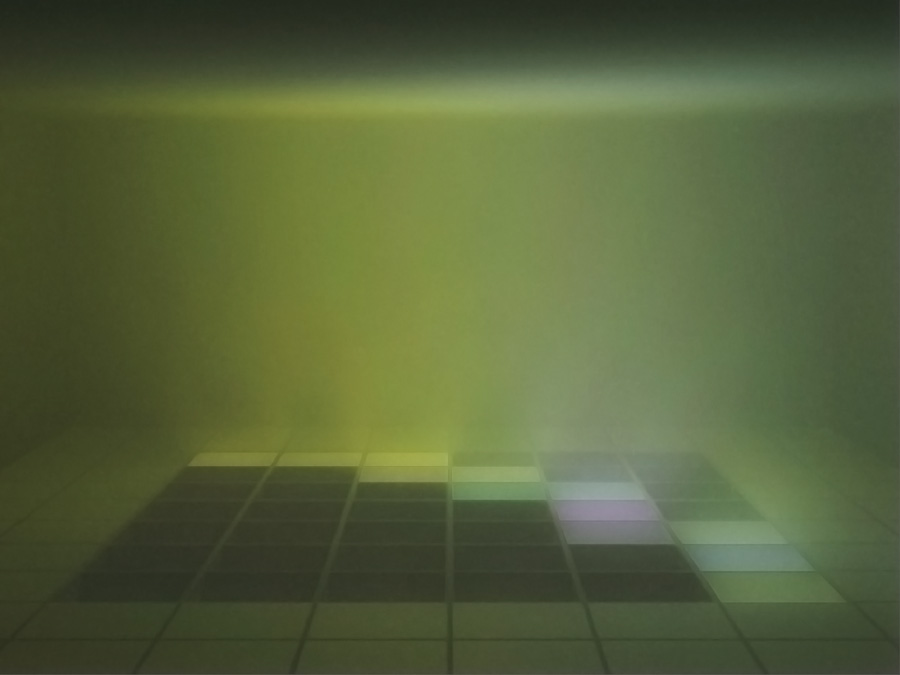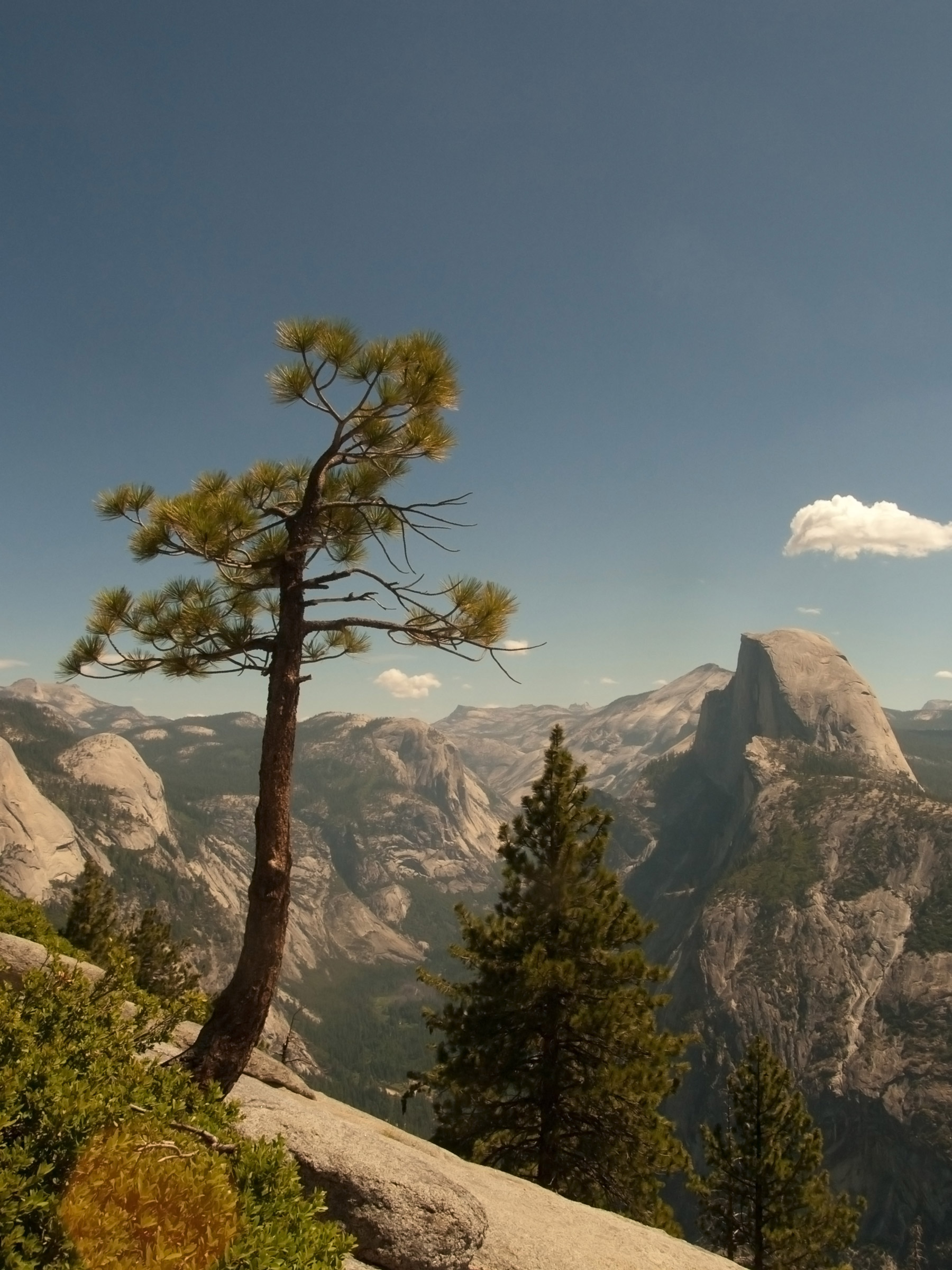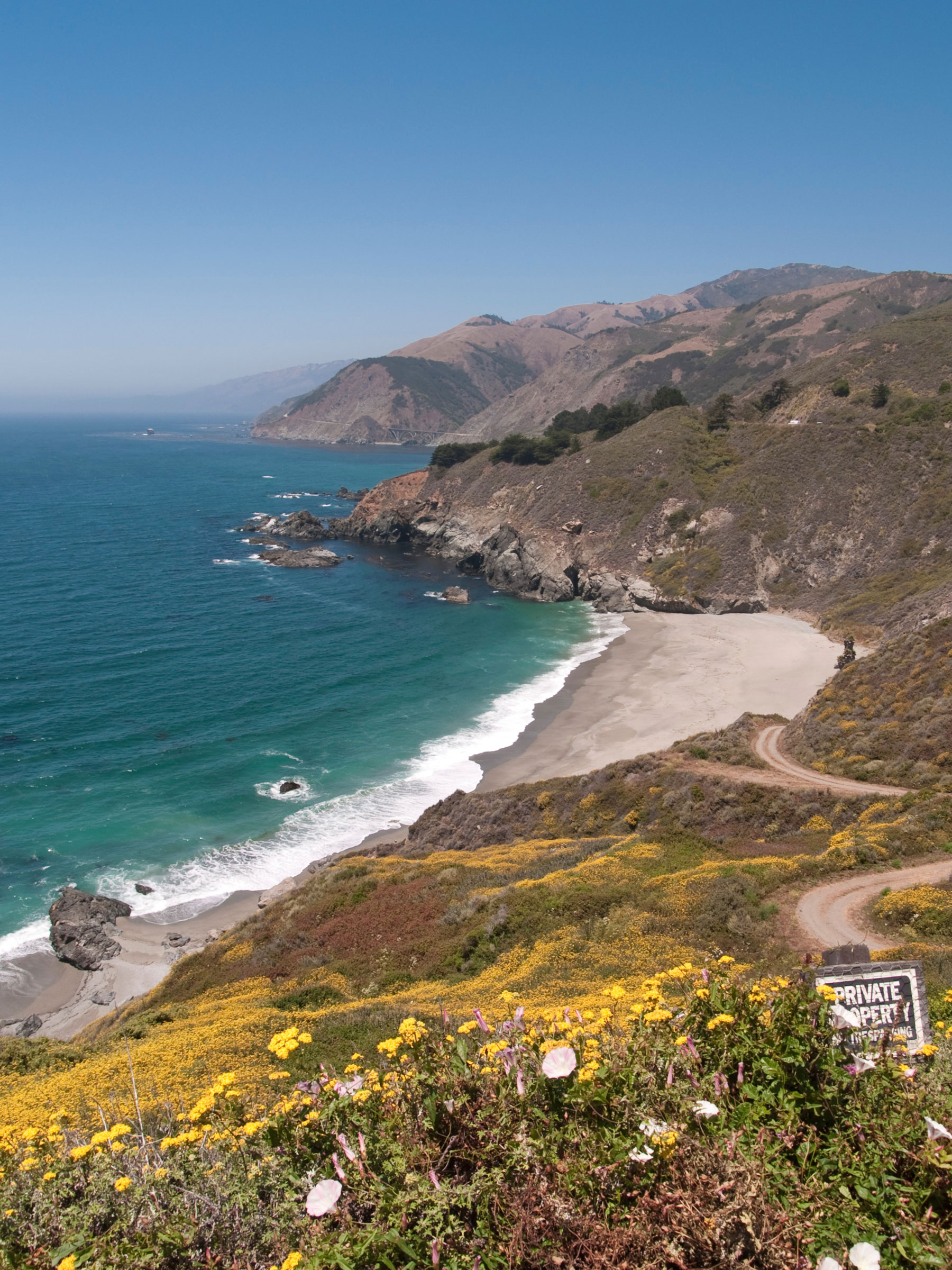J.S. Bach on the dance floor
 Please click on the image above to be redirected to J.S. Bach on the dance floor. You’ll need a recent version of the Adobe Flash player.
Please click on the image above to be redirected to J.S. Bach on the dance floor. You’ll need a recent version of the Adobe Flash player.
J.S. Bach on the dance floor
On a recent trip through the United States, occasionally, I found myself gazing at awe-inspiring scenery such as the Grand Canyon, Yosemity Valley and the coastal route Highway 1. Armed with a simple camera I noticed how irrelevant it was how to take a picture: no matter how crooked or over-exposed the picture was, it seemed as it was guaranteed to look nice.
Taking a photograph is a way of imposing a hierarchy or order onto the existing scenery: suddenly things are in front or next to each other, in focus, occluded or outside the frame. Some argue that also music forms a space around us 1, a space that we can enter or leave by attentional processes. Can we also impose an order onto this space? Will it sound pleasing and what would a ‘photograph’ of this musical space look like?
J.S. Bach on the dance floor investigates this concept of the photograph of a musical space. By remixing a prelude for lute by J.S. Bach (BWV 999), everyone can impose his or her order onto this particular piece of music, make a snapshot of this piece of music, the way he remembers it.


 Yosemite valley
The grand canyon
The coastal scenery near US Highway 1
Yosemite valley
The grand canyon
The coastal scenery near US Highway 1
1 For example, two quotes from Eupalinos ou l‘architecte by Paul Valéry
There are then two arts which enclose man in man; or, rather, which enclose the being in its work
- Valéry, Paul. Dialogues. Ed. Jackson Mathews. Trans. W. M. Stewart. Princeton: Princeton University Press, 1989. p96.
[...] as a thing from which one can divert one’s attention, and to which one can return, as by a road [...]
you can go out and away from it; you can go in again by another door.
- Valéry, Paul. Dialogues. Ed. Jackson Mathews. Trans. W. M. Stewart. Princeton: Princeton University Press, 1989. p95-6.